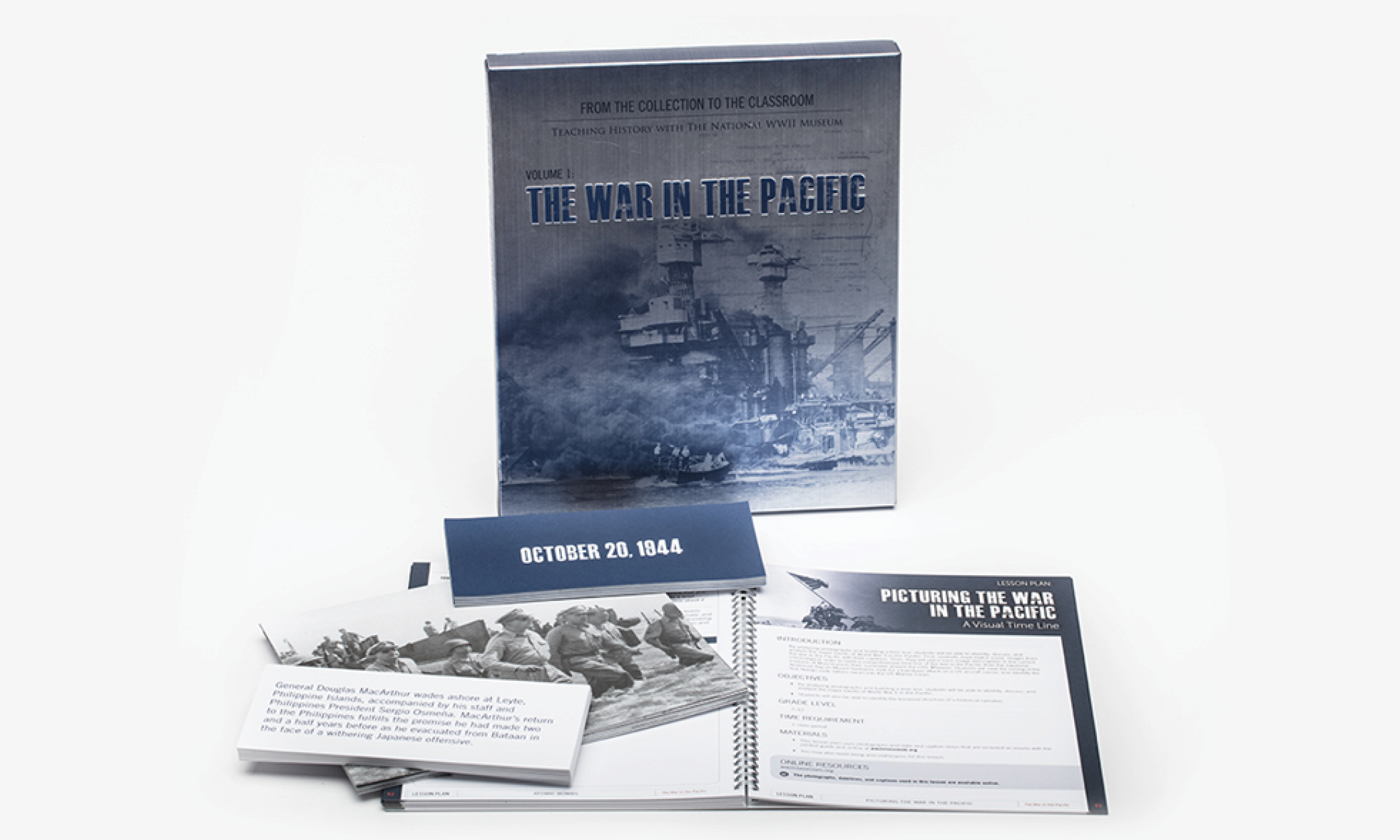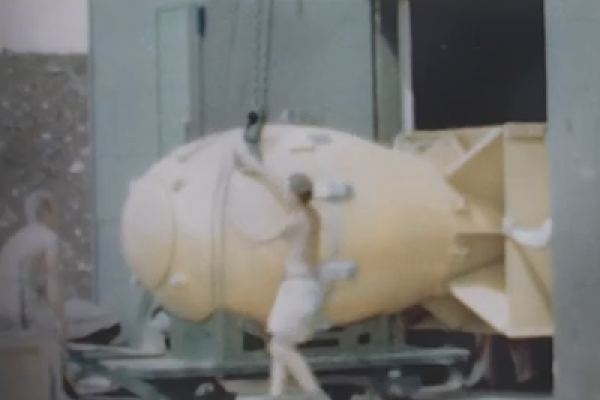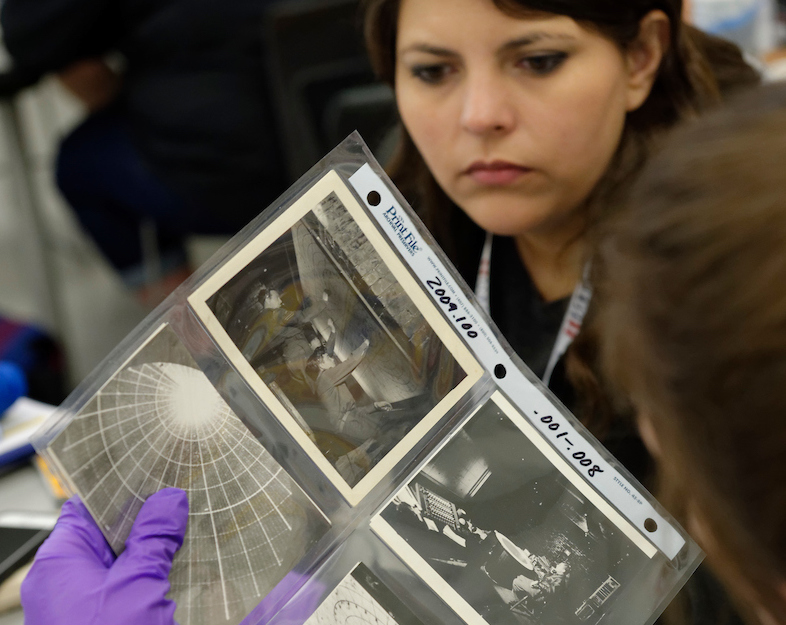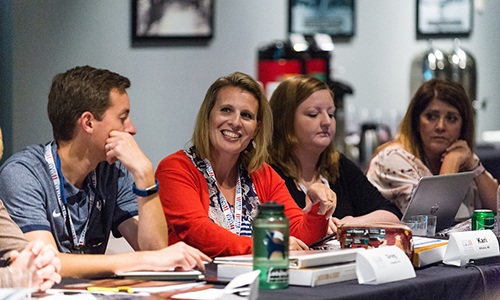

Archival footage shows the preparation of the atomic bombs, their explosion over the Japanese cities of Hiroshima and Nagasaki, and the devastation they inflicted on both structures and people.
Franklin Roosevelt's Pearl Harbor Address - December 8, 1941
Hear President Franklin Delano Roosevelt describe the Pearl Harbor attack to Congress and request a declaration of war against Japan.
Strategic Decision-Making in the Pacific
Put your students in the driver's seat of history with this lesson, which asks students to re-negotiate real-life tough choices from World War II in the Pacific. This method helps students understand history as being largely the result of a multitude of individual human decisions.
Pearl Harbor: Analyzing FDR's Pearl Harbor Address
Students will analyze two drafts and an audio recording of President Franklin Delano Roosevelt's "Day of Infamy" speech to Congress in order to explore how primary sources are created, and how there's as much to learn from the process of writing as from the final result.
The Path to Pearl Harbor
This essay explains the backstory behind Japan's surprise attack on Pearl Harbor, Hawaii on December 7, 1941.
Historiography of the War in the Pacific
Historian Richard Frank discusses some of the biggest historical debates about the Asia-Pacific War. This can be helpful for illustrating to students that history is interpretive; historians do not always agree on how the story should be told.
The Asia-Pacific War: An Introduction
Historian Richard Frank explains the major themes involved in the study of the Pacific theater of World War II.
Who's Who in the War in the Pacific
Biographies of the major political and military leaders involved in the Pacific theater of World War II, from both the Axis and Allied powers.
Glossary: The War in the Pacific
A selection of key terms relating to the Pacific theater of World War II.
The War in the Pacific by the Numbers
A collection of useful statistics that help illustrate the magnitude and severity of the Pacific theater of World War II.


